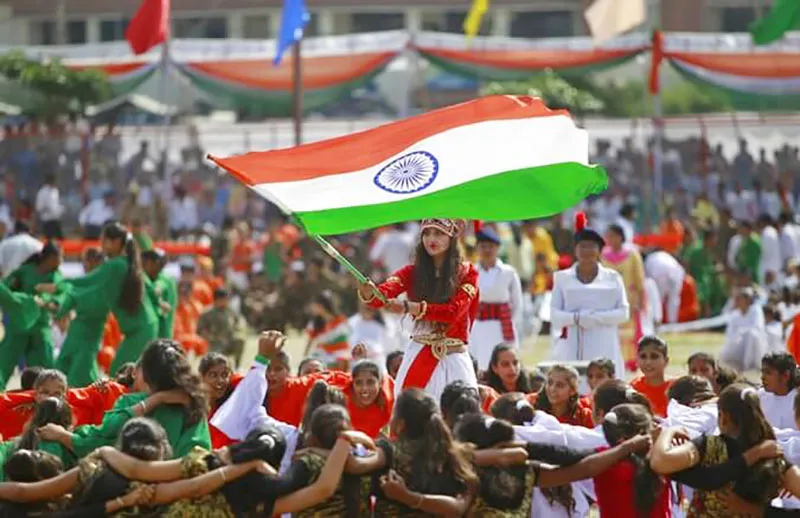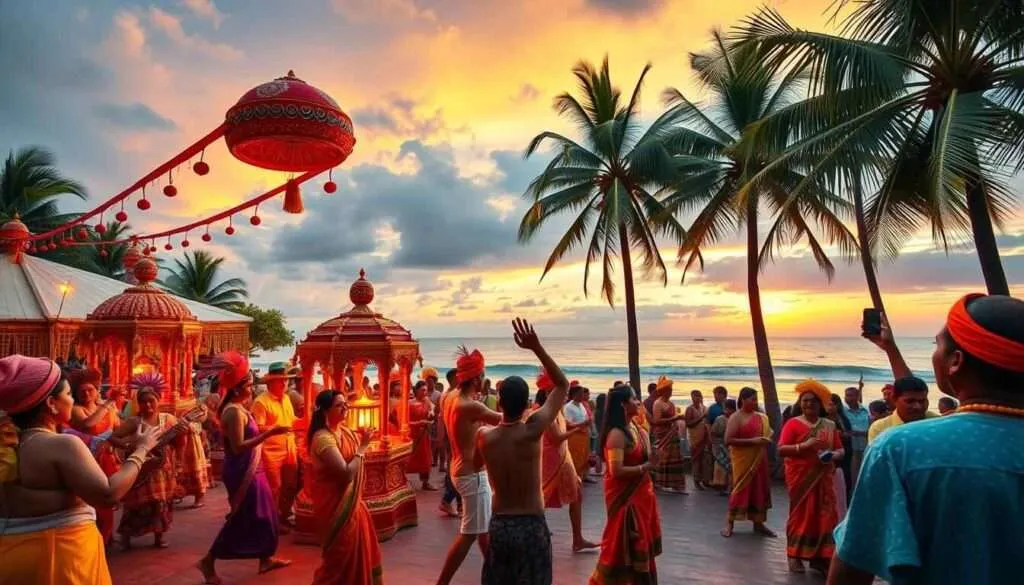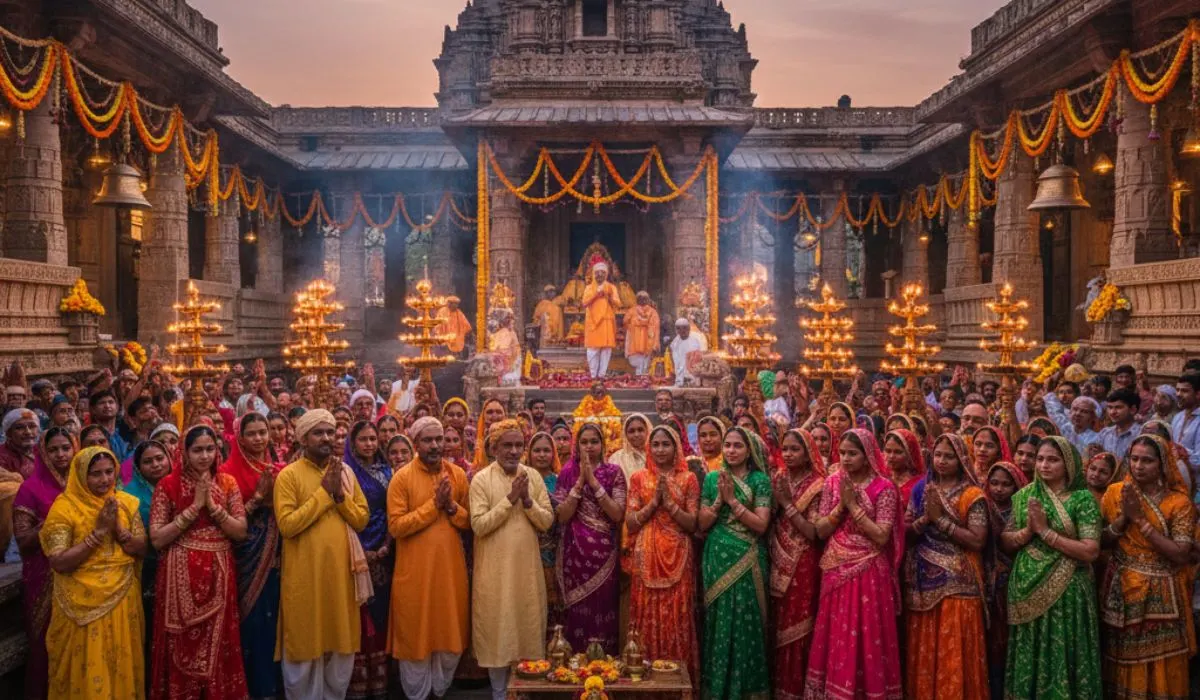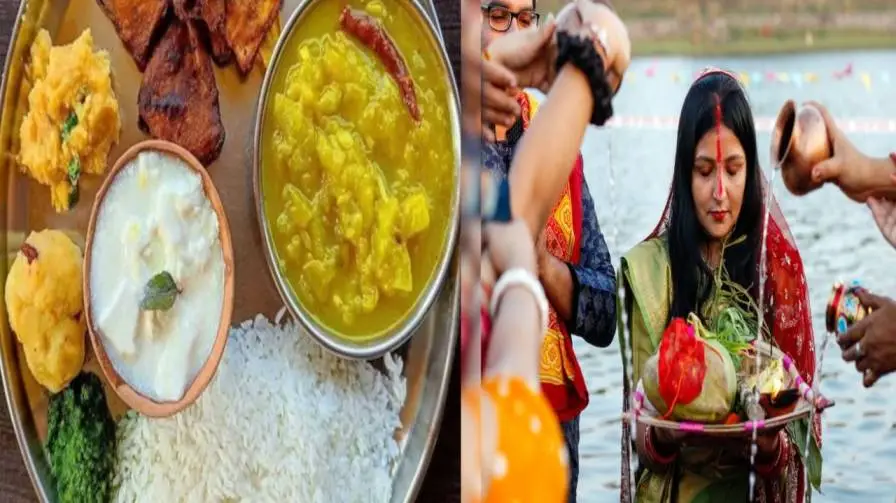August 15th in West Bengal isn’t just another national holiday. It’s something more. A day when even the smallest school in a village dresses up in colour. A day when students forget about maths tests and instead talk about freedom, dreams, and unity.
Across towns, hills, tea gardens, and the banks of Bengal’s rivers, schools are doing what they do best — bringing people together. And this year, as India celebrates 79 years of independence, Bengal’s schools are once again leading with energy, heart, and plenty of handmade flags.
How the Morning Starts: More Than Just a Routine
For maximum faculties, the day starts off early. Way earlier than 8 AM, college students arrive, well dressed in white uniforms, a few holding tiny flags, others in colourful ethnic clothes. The faculty gate is usually embellished with balloons, paper streamers, and rangoli made with the aid of the art instructor and a few enthusiastic youngsters.
The Usual Flow of the Day:
- Flag hoisting — by the principal or a respected community guest
- National anthem — sung loud and proud
- Sweet distribution — laddoos, sometimes a banana and a small packet of chips
- Group photo sessions — kids crowding around holding the tricolour
It’s simple, yes. But it’s meaningful. Even if no fancy equipment is involved, there’s pride in every corner.
Culture Takes the Stage: Dances, Dramas, and Poetry
No celebration in Bengal is complete without some music and performance — and schools make sure of that. Students work for days (sometimes weeks) to prepare for their stage shows, with teachers staying back late helping with songs, scripts, and last-minute costume disasters.
What You’ll Often See on Stage:
- Short plays on freedom fighters — sometimes with makeshift swords and dramatic shouting
- Tagore’s poems — recited by Class 5 students who don’t fully understand them, but still speak them proudly
- Folk dances from different states — a celebration of unity in diversity
- Songs sung in harmony — even if a few voices go off-key
Each act may not be perfect. But that’s what makes it feel so real.
Speeches by Students: Honest, Brave, and From the Heart
Some schools hold small speech competitions. Others pick one or two kids from each class. But the magic is the same — hearing what young people actually think about the country.
Common Speech Topics (But Spoken Differently Every Time):
- What freedom means in today’s world
- How students can help build a better India
- Remembering freedom fighters, especially those from Bengal
- The role of girls and women in shaping the nation
- A cleaner, greener India — voiced with passion
Even if the words are from time to time shaky or the grammar is a touch off, the message usually hits home. These kids are not just analyzing essays — they’re sharing desires.
- They carry signs saying things like "Save Trees", "Educate the Girl Child", or "India for All"
- Teachers walk with them, clapping along, encouraging chants
- Parents and local shopkeepers sometimes stop to clap or wave
It’s not a political rally. It’s unity in motion — young hearts walking together with purpose.
Different Places, Different Styles of Celebration
Bengal isn’t one-size-fits-all, and neither are its schools. Let’s take a short journey around the state:
Kolkata’s Big Schools
“Our kids made a digital quiz this year on freedom fighters using QR codes,” says a teacher at a Salt Lake school.
Darjeeling & Kalimpong Hills
Here, the celebration includes Gorkha songs, Lepcha folk music, and marches down the slope roads. Schools combine local culture with national pride. We danced in our traditional dress. Our teacher said India means everyone, together,” says a Class 6 student.
Sundarbans Region
In schools surrounded by water and forest, students perform skits on climate change, flood safety, and protecting the Sundarbans.
“Our play was about a tiger who teaches people to care for nature,” laughs a boy from Gosaba.
Tea Garden Schools in North Bengal
Students from labour families perform folk dances, paint national symbols on their hands, and sing in both Bengali and Nepali.
Why It Matters — More Than Just a School Function
For students, especially the younger ones, Independence Day helps build a connection with history and country that textbooks sometimes fail to give.
What They Take Away:
- A sense of belonging
- An understanding of sacrifice and struggle
- Teamwork from preparing performances
- Confidence from speaking or performing on stage
- Pride in their heritage as Indians and Bengalis
And sometimes, just the memory of that one day when the whole school stood together.
Parents & Teachers: The Support Behind the Scenes
While students get the spotlight, the show only runs because of tired but smiling teachers who organize everything. And parents, too, help — stitching costumes, making props, or just clapping from the audience with teary eyes.
- My daughter wrote her own speech.
- She practised for a week.
- I had goosebumps when she said ‘Jai Hind’ at the end.
- says one proud mother in Bardhaman.
Technology Enters the Celebration (But Only a Bit)
This year, many schools used projectors and YouTube videos to show clips from India’s freedom struggle. Some even uploaded student performances online for parents working far away to see. But most still kept things low-tech, high-heart — because at the end of the day, it’s not about gadgets. It’s about feelings.
Recap in Bullet Points:
- Thousands of schools in Bengal celebrated August 15 with full enthusiasm
- Activities included flag hoisting, songs, dances, speeches, and unity rallies
- Students learned history through stories, performances, and interaction
- Cultural events focused on freedom fighters, unity, and dreams for the future
- Rallies spread messages of peace, equality, and national pride
- Celebrations varied across regions — from Kolkata to the Sundarbans
- Local communities, parents, and teachers all provided invaluable assistance.
- Kids came away with confidence, pride, and real memories
Final Thoughts: A Flag in Every Hand, A Dream in Every Heart
For a few hours on August 15, schools in West Bengal became more than classrooms. They become platforms for expression. For love of country. For young voices to rise. And for remembering that even though the struggle for freedom ended in 1947, The struggle to stay united, equal, and hopeful still continues.
Whether it’s a child reading a poem in Kalna or a girl dancing on a stage in Cooch Behar —They're all building India in their own way.













